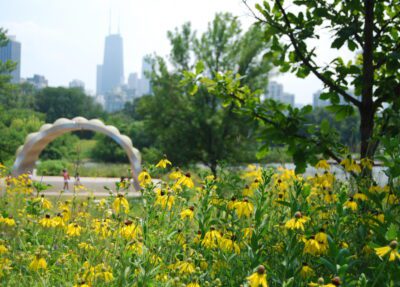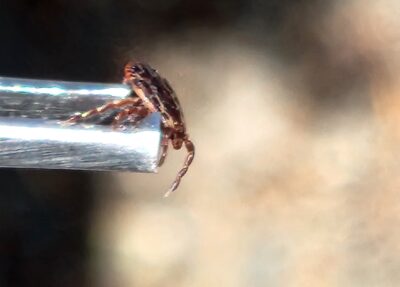A herd, a colony, a skulk, a flock, a nest—there are so many ways to describe a group of animals. But what do you call a dedicated group of scientists conducting research all over the world to enhance our knowledge of city-dwelling animals and their relationships with people? That would be the Urban Wildlife Information Network.
How UWIN Came to Be
Formed in 2017, UWIN came out of the need for unified information gathering across cities. There were plenty of people looking at how animals behaved in urban areas, but none of these researchers were talking to each other until after their findings were published. While the whispers of some trends could be gleaned from the gathered data, nothing could be definitively observed because these studies weren’t collaboratively executed in comparable ways.
“We’ve created easily the largest and most robust data set for urban wildlife anywhere in the world. There’s really never been anything like it. Before the Urban Wildlife Information Network, there were many urban wildlife researchers who all had their own data sets in their own back yards, collected different ways at different times of year, using different technologies,” says Urban Wildlife Institute Senior Director Seth Magle, Ph.D. “The Urban Wildlife Information Network lets us take an enormous step towards understanding why wildlife live where they live, not just in one spot, but anywhere.”
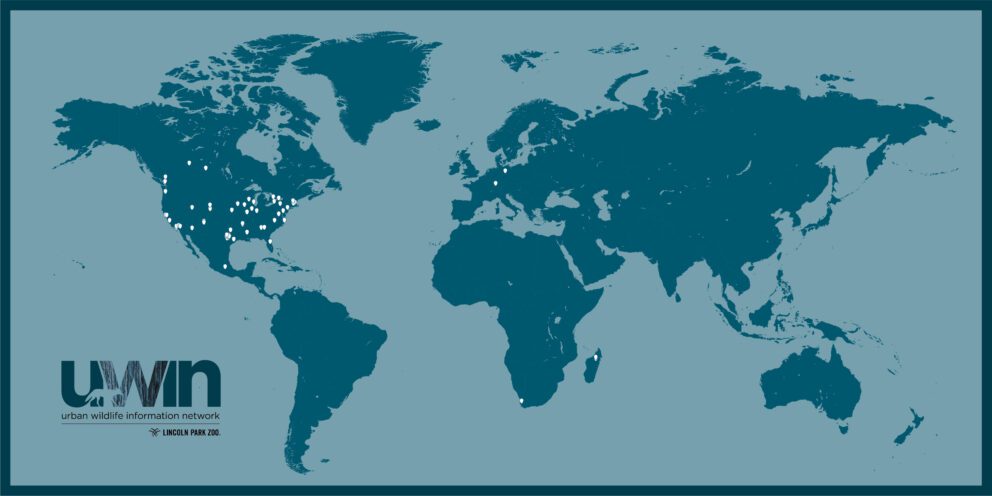
The Urban Wildlife Institute at Lincoln Park Zoo took the reins and organized the first meeting of UWIN partners, which included the Urban Wildlife Project at the University of Wisconsin-Madison and the Center for Urban Ecology at Butler University in Indianapolis. Today, that small group of Midwestern cities has grown to include more than 80 partners in 23 U.S. states and six total countries. This international network includes experts in disease, landscape, wildlife ecology, habitat management, education, and more. By bringing together such a diverse array of backgrounds, UWIN is able to look at the data it collects from a wide array of angles and find patterns that might have otherwise been missed.
“Our partners all come to this field of urban wildlife a little differently with different motivations,” says Magle. “Some are scientists who want to publish papers, they want to understand wildlife on an intellectual level. Some are educators, they want to take the message to the people about why it’s important to live with wildlife, and some are more connected to the policy sphere, and they want to gather the information that they need in order to decide where to put a park or where to put a new building.”
So far, UWIN findings have been applied to a wide array of fields such as construction, urban planning, design, and management. Urban wildlife is woven into the fabric of cities all over the world, and we see these animals interacting with our urban landscapes in a myriad of ways. The data found from UWIN research helps inform advocacy for the development and support of cities that are mutually beneficial for humans and animals.
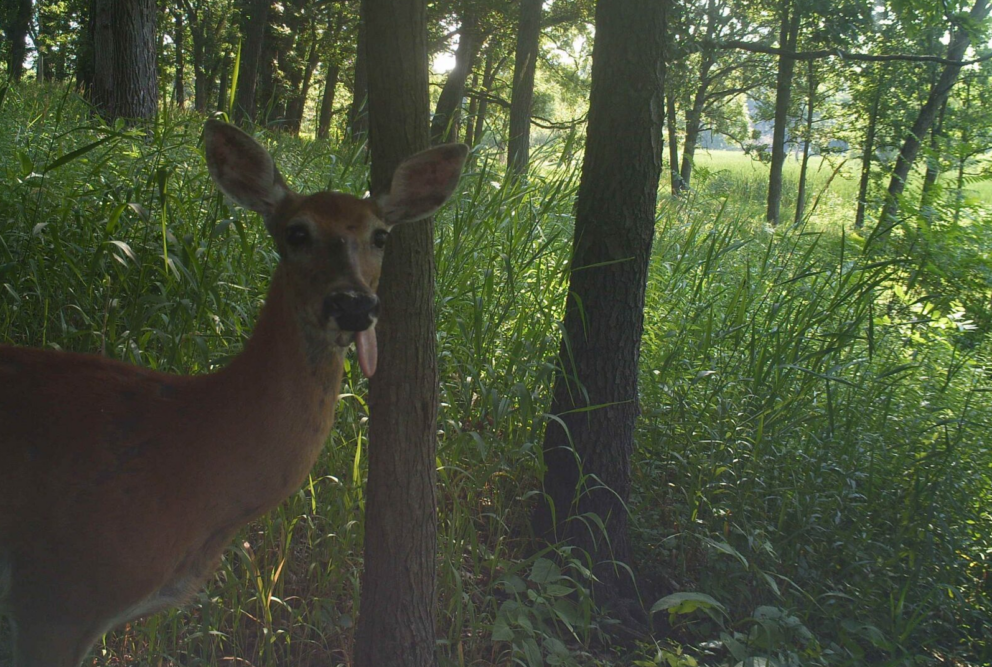
The Need for Organized Data, and Why Lincoln Park Zoo
Before UWIN was created, there was the Urban Wildlife Institute at Lincoln Park Zoo. Following its creation in 2009, UWI became a well-respected name in the urban wildlife field, in part because it was first group that cast a wide net in its research. Instead of looking at specific species or specific habitats, UWI set out to look at as many animals as it could across as much of Chicago as possible. But the institute wasn’t content with limiting its findings just to Chicago. Instead, the team at UWI set out to cast an even wider net and extend its models to other groups in various cities.
“After we had spent many years at the Urban Wildlife Institute studying animals in Chicago, we got pretty good at it. And we got a reputation for being people who are really good at understanding animals across a wide-ranging part of a city,” says Magle. “However, the mission of the Urban Wildlife Institute is to do the research necessary to help people in wildlife coexist in cities around the world, truly around the world. That was our mission, our vision from the very beginning. The Urban Wildlife Information Network was our attempt to take these ideas we had honed and developed here in Chicago and expand them out to the world.”
UWI had a proven track record of conducting thorough research and had developed scalable ways of collecting data that could be applied to other cities. They just needed the buy-in from likeminded institutions. Luckily, the institution’s name recognition in the tight-knit world of urban wildlife research gave it an in with likeminded organizations. UWI was also able to provide a tested protocol that had proved to be successful in Chicago, which would go on to become the basis for UWIN’s research.
Once UWIN was established, the next step was agreeing on a uniform way of collecting and organizing the information coming in from all the partners. UWI had found that one of the most effective and accessible ways to sample urban wildlife populations was through camera traps. These are nondescript cameras placed in habitats that are triggered to take photos whenever an animal walks past, ultimately capturing images of the various wildlife living in the camera’s general area. This sampling method is the primary way UWIN partners all over the world collect data. As for data organization, the solution there was a cloud-based database that could be both easily added to and searchable for partners.
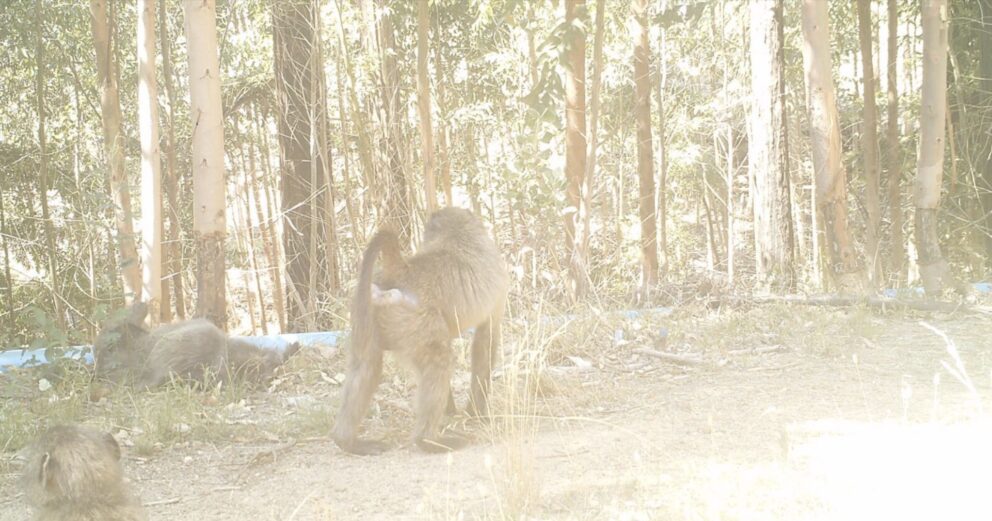
“It’s essentially a website that our partners can go to where they can upload their motion-triggered camera images and tag them, which is how we say which animals are in which image. And that gets the data ready for analysis,” says Magle. “It gets it ready for us to use to answer questions about where animals live and why. Then we can talk about policy, conservation, and management recommendations.”
Introducing New Partners to the Mix
As the network grew in the U.S., UWIN set its sights on going international. They’ve been making steady progress, expanding to Canada and Mexico, and even Germany. Recently, the group has been focused on establishing partners in the global south.
UWIN Research Coordinator Kim Rivera spent the first two months of this year in Bariloche, Argentina, where she helped onboard scientists Karina Speziale and Sergio Lambertucci at Universidad Nacional del Comahue, the newest UWIN partner. This trip was a perfect example of the collaborative learning UWIN is grounded in, with Rivera learning as much from the Argentina team as they learned from her.
“By assisting in the field, attending lab meetings, and living in the culture of Bariloche, I gained the needed context to support a successful and sustainable collaboration,” Rivera says. “For example, while setting up wildlife camera monitors in the forest, we saw signs of invasive species, such as cattle, dogs, and introduced European rabbit, and I learned of the different impacts these species have on native wildlife and local communities.”
Each partner, whether they’re separated from the other partners by state lines or an entire ocean, faces unique challenges. But talking through those challenges and exploring solutions together allows for partners to learn from the trials, tribulations, and success stories of their fellow urban wildlife experts. Rivera learned a lot about the ongoing governmental changes happening in Argentina during her visit. Through her conversations with students and staff at the university, she also learned how these changes are negatively impacting their ongoing conservation work. Knowing about issues like this helps inform the larger network on topics as broad as the allocation of resources to the implementation of conservation initiatives on a global scale.
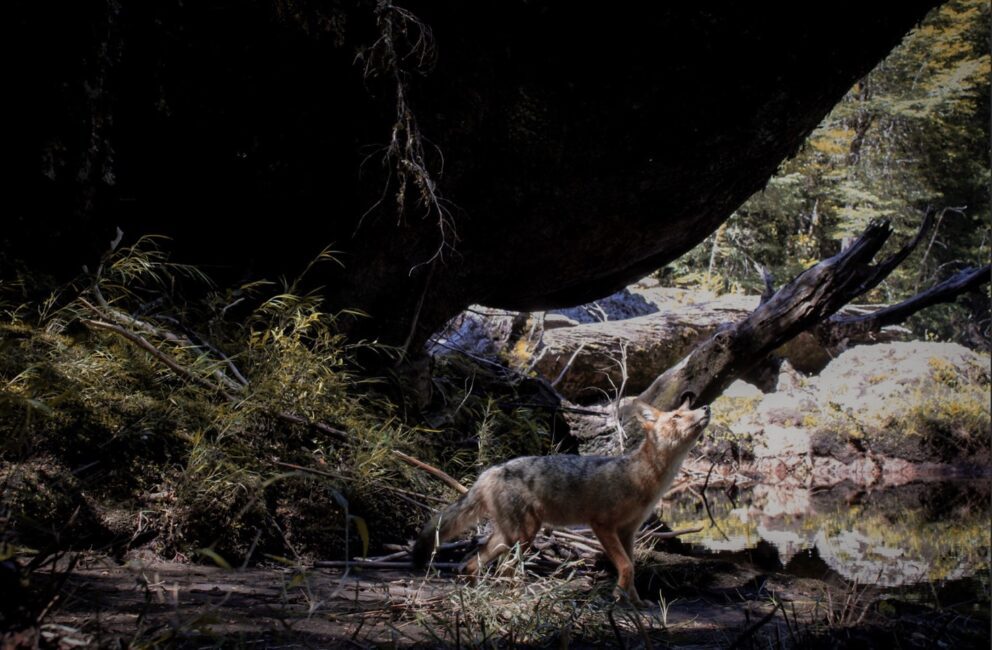
This culpeo, related to wolves, was photographed near Bariloche, Argentina.
This global expansion is possible in large part thanks to a $1 million grant from the Walder Foundation, with the goal of positioning Chicago as a leader in biodiversity science and conservation. With this grant money, UWIN has identified partners in Argentina, Madagascar, Brazil, Costa Rica, and South Africa that it aims to get onboarded in the coming year. The funding allows for UWIN to remove various economic barriers to entry for these partners, like the cost of supplies and stipends for researchers. It will also allow for international partners to fly to Chicago in 2025, when UWIN will host a hands-on learning summit for partners to convene at.
“Our Urban Wildlife Information Network has very good coverage now across North America, but in the next few years, I think we’ll be covering much more of the planet,” Magle says. “I hope we will be a truly global network. It will be exciting to understand things about urban macaques and all sorts of urban species that we don’t have here in Chicago.”
Where Do We Go From Here?
The aim of UWIN has always been two-fold: to collect a worldwide database of information on urban wildlife, and to use that information to better advocate for the animals we share our cities with. By bringing together such a strong base of researchers, UWIN has also been able to commit to the research needed to answer some daunting “what ifs” in the industry.
“The “luxury effect” is a long-standing hypothesis that says that you should see more wildlife richness in wealthy communities compared to poor communities. This is an idea that many people were arguing about in the scientific literature for many years, and there was really no resolution to whether it was a true phenomenon,” says Magle. “The Urban Wildlife Information Network tested this hypothesis with over 20 cities that were part of our network, and we were able to definitively prove that it is an important factor in driving the distribution of wildlife. We were also able to prove it was not as important as some other factors, like human population density.”
By tackling these large-scale questions, UWIN is able to measure global trends in urban wildlife. From there, individual partners can hone in on the information that’s applicable to their city or their area of expertise and use it as a jumping-off point for further research or advocacy initiatives.
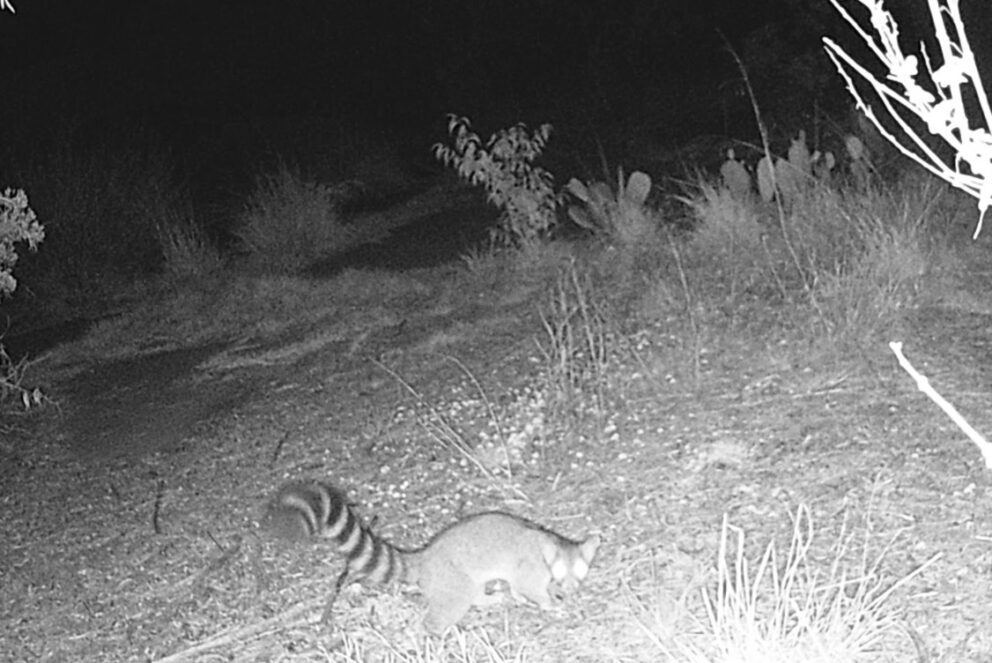
The cacomixtle of Mexico is a small nocturnal carnivore related to the raccoon.
In Chicago, UWI continues to serve as a model for how UWIN partners can work. The institute has established a lasting partnership with the city, even collaborating with the Animal Care and Control Department on a wildlife management and coexistence plan for all of Chicago.
“We were able to create a document that is informed by our data, the data we’ve collected in Chicago for the last 15 years, that goes species by species and talks about what we can do to reduce conflict with those species, and what we can do to live more harmoniously with those animals,” Magle says. “It’s very exciting as a scientist to be able to create a document like that that immediately became policy for the city.”





